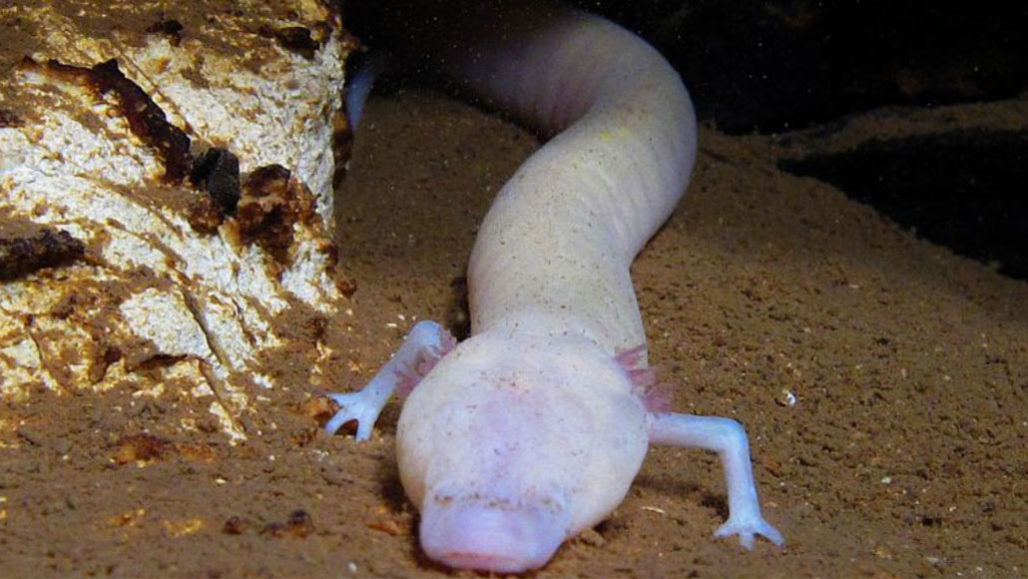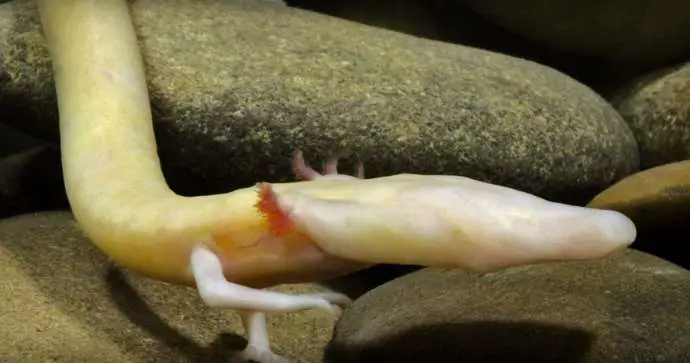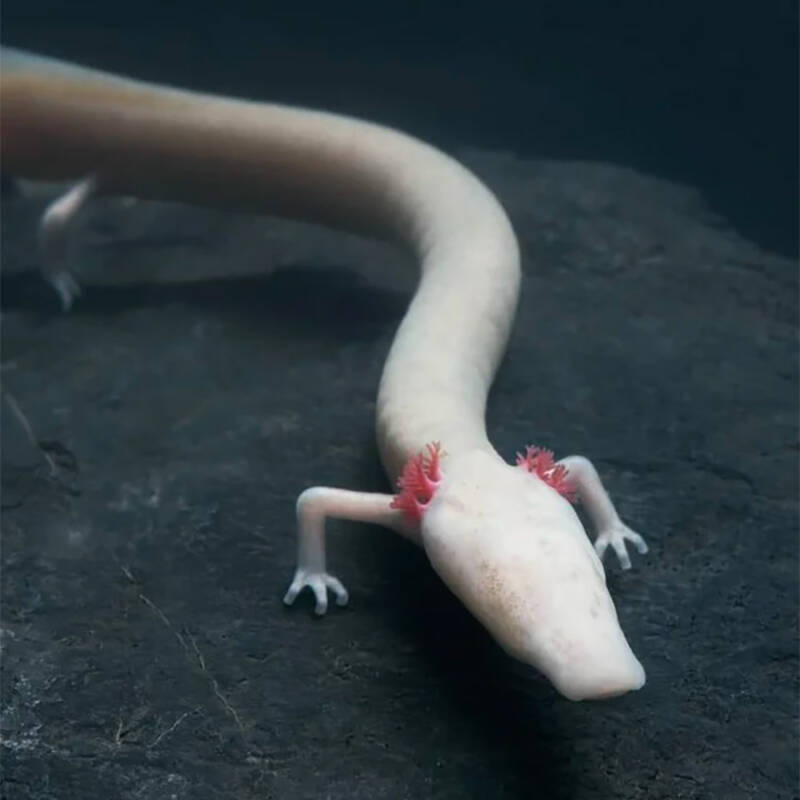The sunflower plant contains hormones called auxins. These hormones are touchy to sunlight. Therefore, they move from the piece of the plant exposed to daylight to the shadow area in the stem. Once there, the auxins (which are basically development hormones) animate the development of cells. This makes the stem become bulkier in the concealed locale, so the bloom winds up twisting the other way towards the Sun. There is a culture of sunflower seed admirers. Tragically the oil in sunflowers is omega-6, which causes aggravation in the body. You have to take a gander at all of the fats you devour and they ought to be the solid fats that our body needs: omega-3 unsaturated fats in nuts, peanuts (a vegetable), coconut oil with medium-unsaturated fats, olive oil, avocado. Stay away from the awful fats like omega-6 unsaturated fats (canola, grape seed, safflower seed oils, soybean oil, sunflower oil) that cause joint inflammation, and cardiovascular illness, which you need to maintain a ...
Olm





Saying that nobody has known about this creature would be an embellishment, yet at the same time - this creature is really uncommon. It's called olm or proteus.

This oceanic lizard can be discovered distinctly in Europe, all the more explicitly just in the Dinaric Alps collapses four nations: Italy, Slovenia, Croatia and Bosnia, and Herzegovina.
It is likewise called the "human fish" by local people in light of its beefy skin shading, just as "cavern lizard" or "white lizard". It was likewise accepted by nearby individuals to be a cavern monster's posterity.
The creature has totally adjusted to the existence of complete dimness in its underground living space. The olm is visually impaired, while its different faculties are intensely created. It likewise has no pigmentation in its skin.
- Some cool realities about olms.
- Olm can arrive at 1 to 16 crawls long and 0.1 to 5.3 ounces of weight.
- Females are somewhat bigger than guys.
- Olm has pink or yellowish-white skin on the back. Interior organs on the ventral side of the body are almost obvious because of translucent skin on the paunch.
- It has snake-like, stretched body, short, slim appendages with three fingers on the front and two fingers on the rear legs and short, level tail encompassed with meager balance.
- Grown-up olm has completely evolved lungs, however, they are not utilized for breathing in light of the sea-going way of life of this creature. Olm breaths by means of three sets of short, red-hued, frilly gills situated behind the head.
- Olm moves its body like a snake while it swims through the water.
- Olm is a meat-eater. Its eating regimen depends on the snails, worms, oceanic creepy crawlies, and hatchlings.
- Olm can make due around 10 years without food by utilizing glycogen and lipids put away in the liver.
- Fish and different creatures of land and water are the main characteristic foes of olm.
- Olm arrives at sexual development at 10 years old to 15 years.
The visually impaired lizard has the longest life expectancy of any land and water proficient, frequently living to more than 70 in zoos, and with an anticipated greatest period of more than 100.

Researchers have considered its life span and arrived at the resolution that they live long on the grounds that they fundamentally have no life.
The olm is incredibly latent and seldom moves but to take care of and to imitate (which just happens every 12.5 years). There are no predators in the caverns, so they carry on with a peaceful life.
No stress, no death.
Scientists study why the blind salamander lives so long

Researchers have for some time been captivated by the life span of small land and water proficient known as the visually impaired lizard, however, it currently appears it might live quite a while in light of the fact that it fundamentally has no life.
The visually impaired lizard (Proteus anguinus), otherwise called the olm, has the longest life expectancy of any land and water proficient, frequently living to more than 70 in zoos, and with an anticipated most extreme period of more than 100. It arrives at sexual development during its fifteenth year and lays around 35 eggs each 12.5 years.
The land and water proficient go through its whole time on earth in water in obscurity limestone collapses southern Europe. Its eyes are decayed and it has practically no skin shades. The skin looks pink in the light of the fact that the blood appears on the other side, prompting the olm in some cases being known as the "human fish".
The olm is a snake-like animal 25-30 cm long and weighing just as much as 20 grams. Most minuscule animals have short life expectancies, which is believed to be expected to having better capacities to burn calories that fundamentally consume the animals out more rapidly, yet the olm has a comparable metabolic rate to its nearest family members, which have a lot shorter life expectancies. There is likewise no unordinary cancer prevention agent movement in the olm that may clarify its life span.
Researchers at a cavern station set up at Moulis, Saint-Girons in France have been considering the olm, an imperiled species, since 1952. The cavern is a loyal generation of the olm's common environment and has more than 400 lizards in living arrangement. It is the main fruitful rearing system of the land and water proficient, and the task is worked by the National Center for Scientific Research in France. Information on passings and rearing movement have been recorded at the cavern station since 1958.
Ecophysiologist Yann Voituron and partners, from the Université Claude Bernard Lyon, have been examining the lizards to attempt to comprehend why they live so long in contrast with their family members. Voltron said they might want to take a gander at the "typical qualities related with increments in life expectancy, and possibly plan to recognize something new." They might likewise want to investigate the animals on a cell level and inspect their mitochondria, for instance, yet this would require slaughtering the creatures, and they would prefer not to do this since they have not many to work with.
The researchers evaluated the greatest age from the information the most established occupants of the cavern are presently in any event 48 and presumably in their mid or late fifties, and in related species, the normal life expectancy is somewhere in the range of 10 and 67 percent of the longest life expectancy known for the species. This gives a moderate gauge of a most extreme life expectancy of 102 years for the olm, or practically twofold the greatest life expectancy of other seemingly perpetual creatures of land and water, for example, the Japanese monster lizard, with a limit of 55 years.
Voltron said the investigations have demonstrated the olm is amazingly latent and once in a while moves but to take care of and to repeat (which just happens every 12.5 years). There are no predators in the caverns, so they carry on with a tranquil life.
The specialists figure the lizard's restricted movement and balanced physiology might be an approach to diminish the creation of responsive oxygen species (that harm cells as they age) without expanded cancer prevention agents or a lower basal metabolic rate. The paper, distributed online in the diary Royal Society Biology Letters finishes up the olm brings up issues about aging and "shows up as a promising model" to contemplate systems forestalling maturing forms invertebrates.
IF YOU LIKE THIS POST THEN SHARE THIS POST
THANK YOU FOR READING
Very informative
ReplyDeleteI remember first time I heard about it from a Slovenian friend and I thought it was a joke. It also lives in a famous cave in Slovenia. Nobody seems to know about tthis animal tho.
ReplyDelete